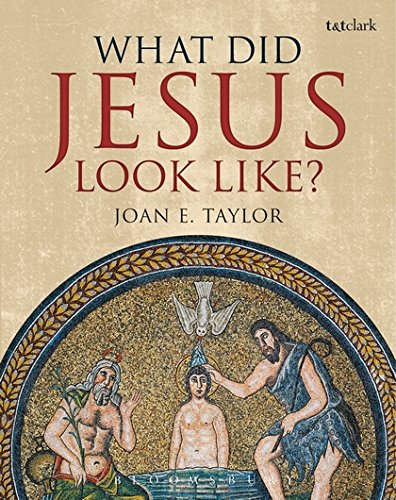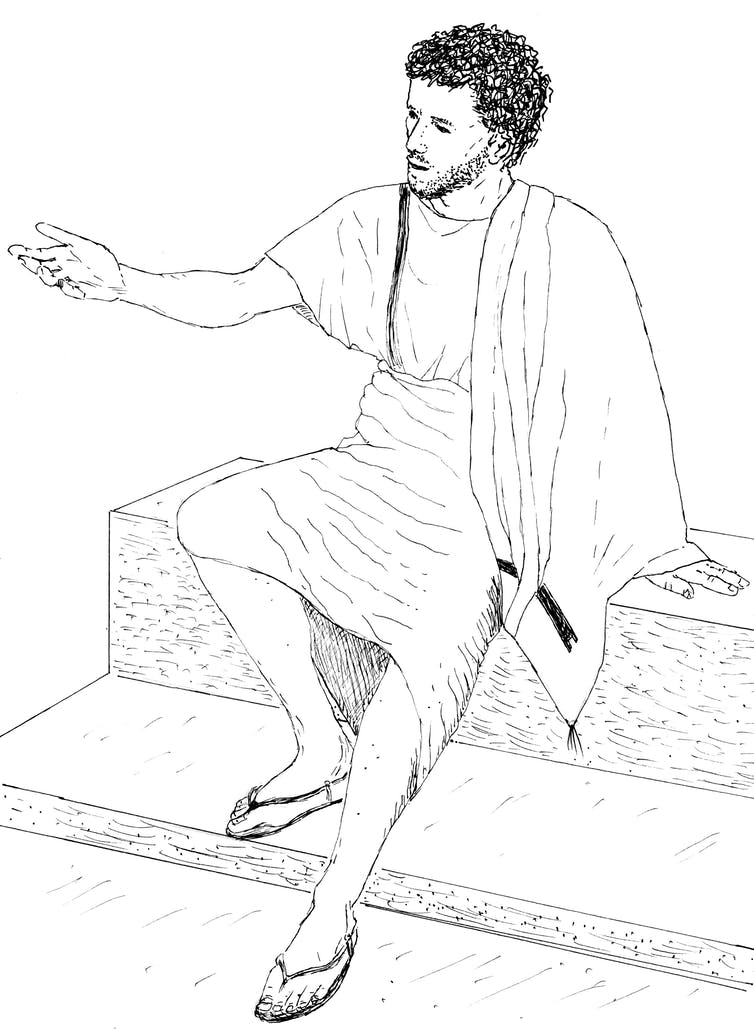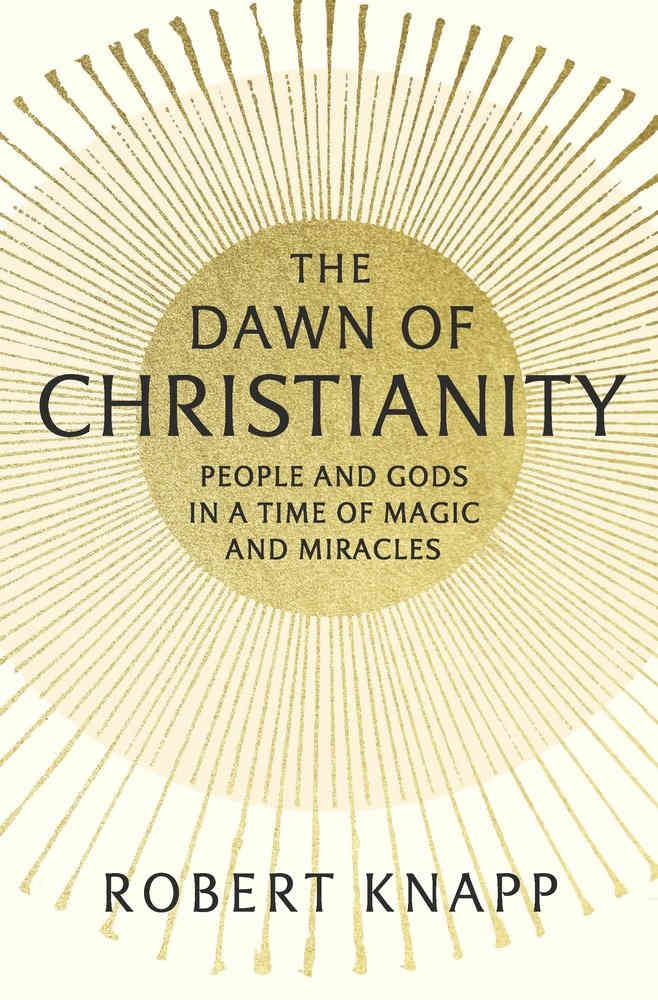Jesus de Nazaré é, sem dúvida, o homem mais famoso que já existiu. Sua imagem está por toda parte. Ele é o tema de milhões de objetos devocionais e obras de arte.
Mas qual era a aparência de Jesus de Nazaré? Qual era a cor de sua pele? E sua altura? O que ele vestia?
Para responder a esta questão, já por outros abordada – confira a reconstrução digital feita pela BBC aqui e aqui -, a estudiosa das origens cristãs Joan E. Taylor examina, em livro recente, as evidências históricas e as imagens predominantes de Jesus na arte e na cultura.
Os evangelhos não dizem se ele era alto ou baixo, se bonito ou não, se frágil ou forte… À primeira vista, nada de especial o distinguia dos outros. Lucas 3,23 fala de sua idade apenas: “Ao iniciar o ministério, Jesus tinha mais ou menos trinta anos“, o que também é impreciso, sabemos hoje.
Em geral, não percebemos estas lacunas nos evangelhos porque, graças a todas as imagens de Jesus que temos, pensamos que conhecemos sua aparência. Mas o Jesus que reconhecemos tão facilmente é o resultado da história cultural. Será que se encontrássemos Jesus de Nazaré na rua, um judeu da Palestina do século I, seríamos capazes de reconhecê-lo?
Diz Joan E. Taylor em seu artigo What did Jesus really look like, as a Jew in 1st-century Judaea? (publicado em The Irish Times em 9 de fevereiro de 2018):
In the Gospels, he is not described, either as tall or short, good-looking or plain, muscular or frail. We are told his age, as “about 30 years of age” (Luke 3:23), but there is nothing that dramatically distinguishes him, at least at first sight.
We do not notice this omission of any description of Jesus, because we “know” what he looked like thanks to all the images we have. But the Jesus we recognise so easily is the result of cultural history. The early depictions of Jesus that set the template for the way he continues to be depicted today were based on the image of an enthroned emperor and influenced by presentations of pagan gods. The long hair and beard are imported specifically from the iconography of the Graeco-Roman world. Some of the oldest surviving depictions of Jesus portray him as essentially a younger version of Jupiter, Neptune or Serapis. As time went on the halo from the sun god Apollo was added to Jesus’s head to show his heavenly nature. In early Christian art, he often had the big, curly hair of Dionysus.
The point of these images was never to show Jesus as a man, but to make theological points about who Jesus was as Christ (King, Judge) and divine Son. They have evolved over time to the standard “Jesus” we recognise.
So can we imagine Jesus appropriately in terms of the evidence of the 1st century?
O livro
TAYLOR, J. E. What Did Jesus Look Like? London: Bloomsbury T&T Clark, 2018, 288 p. – ISBN 9780567671509.
Jesus Christ is arguably the most famous man who ever lived. His image adorns countless churches, icons, and paintings. He is the subject of millions of statues, sculptures, devotional objects and works of art. Everyone can conjure an image of Jesus: usually as a handsome, white man with flowing locks and pristine linen robes.
But what did Jesus really look like? Is our popular image of Jesus overly westernized and untrue to historical reality?
This question continues to fascinate. Leading Christian Origins scholar Joan E. Taylor surveys the historical evidence, and the prevalent image of Jesus in art and culture, to suggest an entirely different vision of this most famous of men.
Confira mais sobre o livro aqui e aqui.
Overall, then, we can arrive at a general image of Jesus as an average man: he was probably around 166 cm (5 feet 5 inches) tall, somewhat slim and reasonably muscular, with olive-brown skin, dark brown to black hair, and brown eyes. He was likely bearded (but not heavily, or with a long beard), with shortish hair (probably not well kept) and aged about 30 years old at the start of his mission. His precise facial features will, nevertheless, remain unknown.
A autora esboça uma imagem de Jesus mais ou menos assim: ele provavelmente tinha cerca de 1,66 m de altura, um pouco magro e razoavelmente musculoso, com a pele oliva, cabelo castanho escuro a preto e olhos castanhos. Ele provavelmente usava barba escura, curta e desleixada, e estava na faixa dos 30 anos no início de seu ministério. E se vestia de maneira muito simples. Suas características faciais precisas, no entanto, permanecem desconhecidas.
Joan E. Taylor publicou recentemente dois artigos sobre este tema:
:. What did Jesus really look like, as a Jew in 1st-century Judaea? – The Irish Times: February 9, 2018
:. What did Jesus wear? – The Conversation: February 8, 2018
Joan E. Taylor é Professora de Origens Cristãs e Judaísmo do Segundo Templo no King’s College de Londres, Reino Unido.
Veja uma resenha do livro por Jim West, publicada em 09.02.2018, aqui.
Diz ele:
The title of the book poses a question: what did Jesus look like? At first blush it may seem that the aim of the book is to answer that question of the man known as Jesus of Nazareth but in fact the question, more fully stated, which this book addresses is far more comprehensive than merely wondering what Jesus of Nazareth looked like. It wonders how Jesus has been imagined through the entire history of Christianity. What did Jesus look like to the Byzantines? What did he look like to Europeans? How has he been portrayed in art and icon? The result of Taylor’s incisive study is a spectacular survey (…) Jesus, with lice… This book is genius. A term I am not used to using of books, or most authors and scholars. But here it applies to both book and scholar. Pure genius. Read it and you’ll not regret a page of it.


